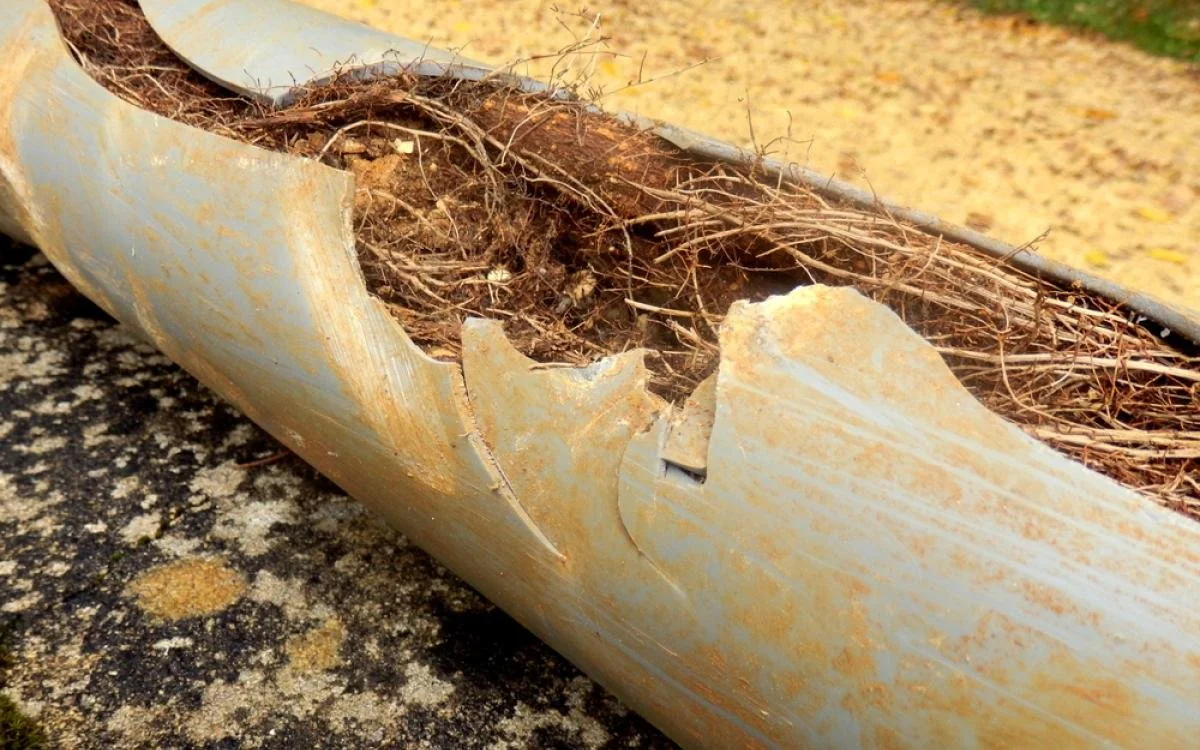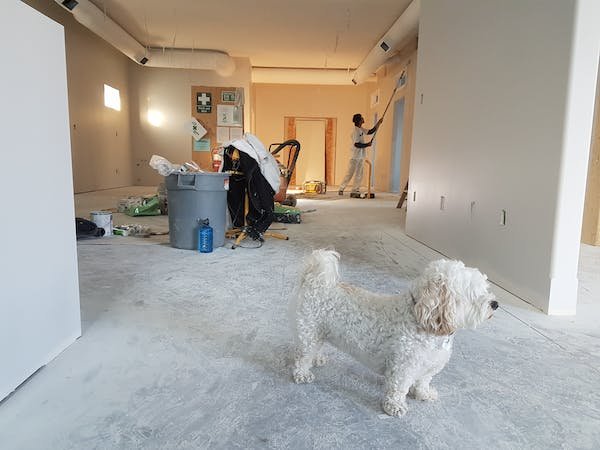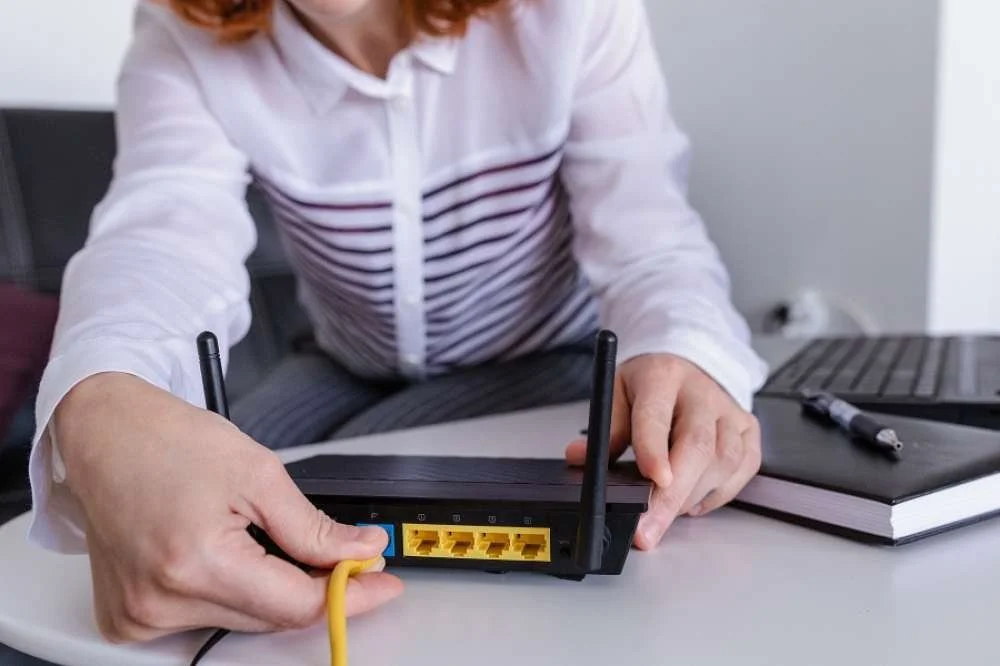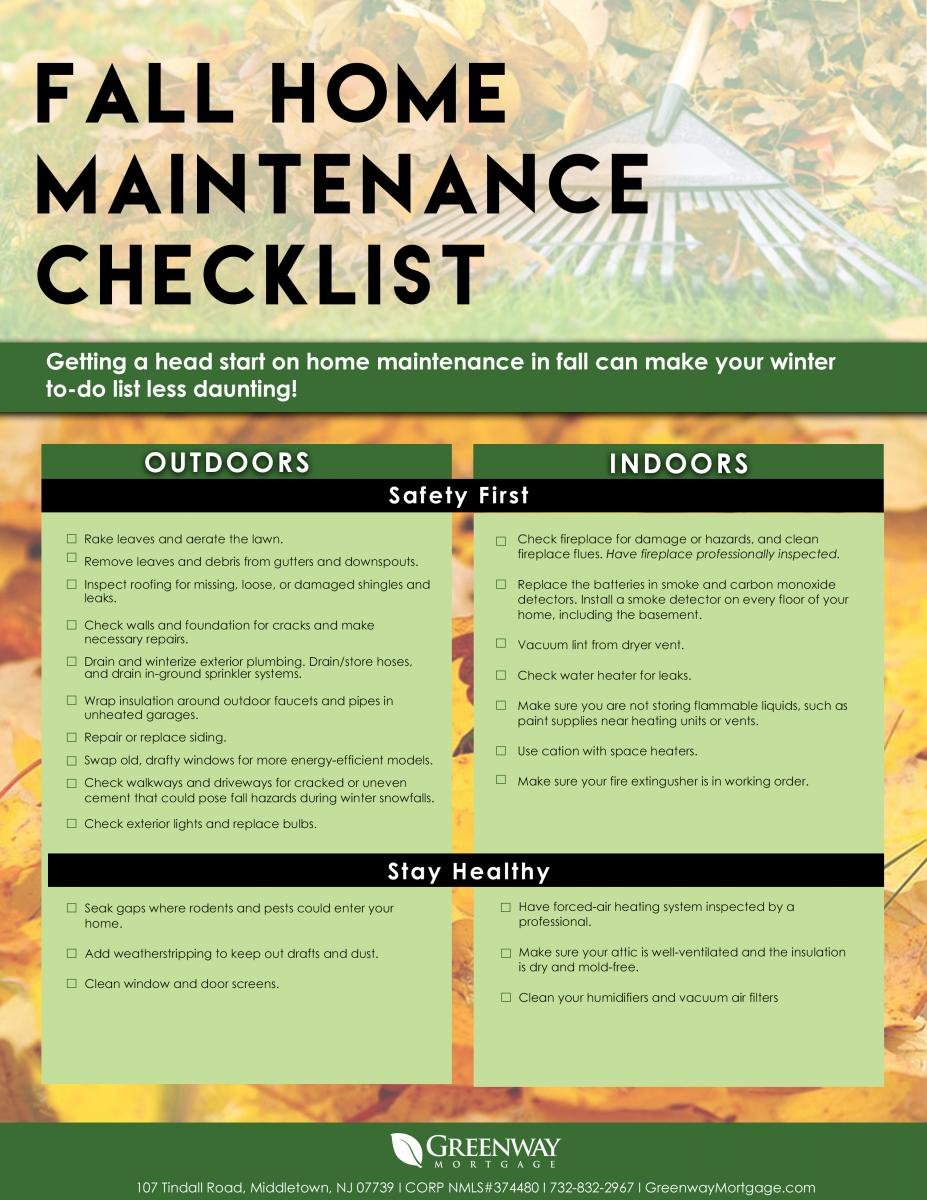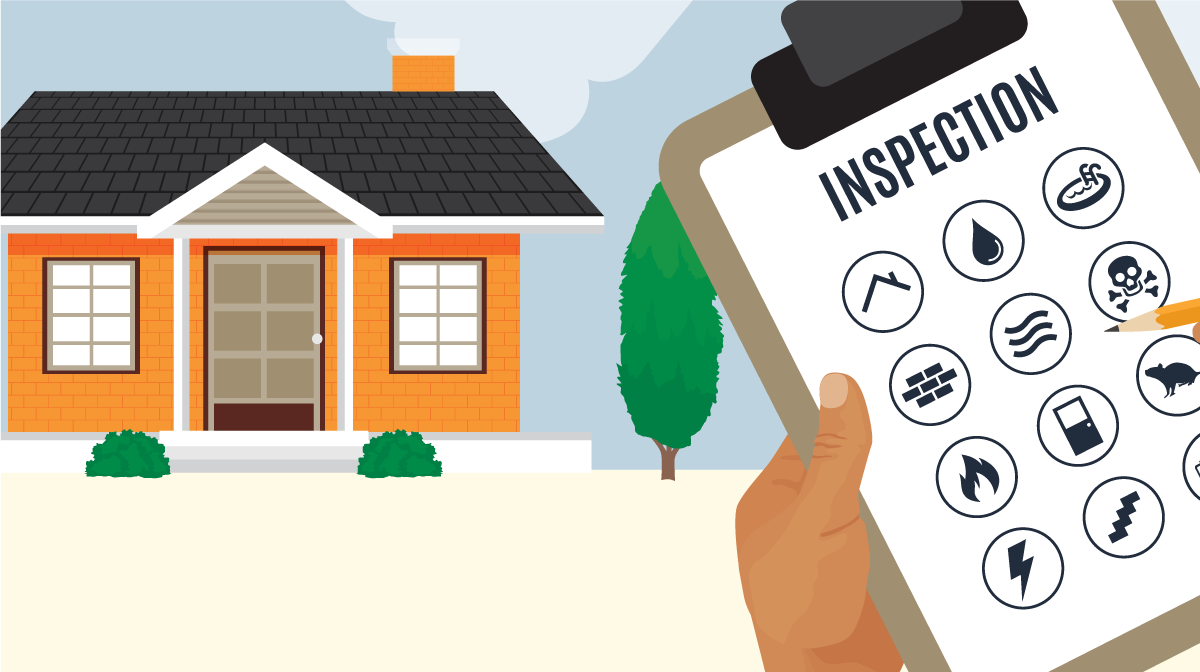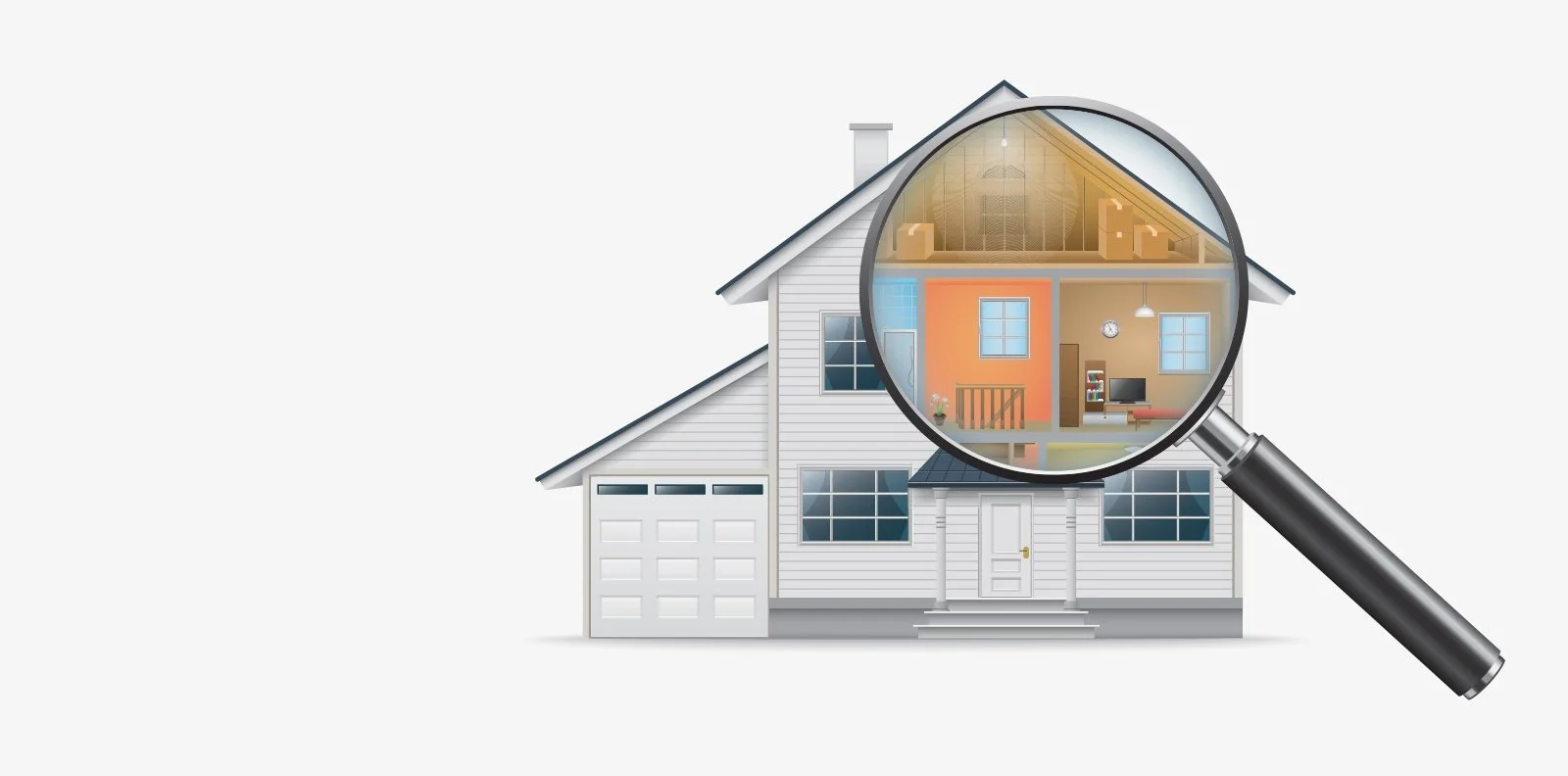7 Subtle Signs That Your Sewer Line is in Need of Replacement
RH Business Marketing Solutions
Sewer lines are one of those things you hope never go bad, as the results can be catastrophic when it does. A broken sewer line can damage foundation, contaminate drinking water, and backing up sewage are some of its possible effects.
The good news is that a few warning signs can let you know it is time for sewer line installation before it becomes a major problem. Read this article to know the signs to look out for.
Calling a professional to examine your sewage line and provide a replacement cost estimate is necessary if you see any of these signs. A new sewage line installation is a small price to pay for peace of mind, so don't wait until it's too late!
#1. The slow draining of water
Every home has a main water line that supplies fresh, clean water and a sewer line that removes wastewater to the septic tank or main sewer line outside. When you start noticing that the water is not coming out with as much pressure as it should in your shower, it is a sign that you have a main water line issue.
On the other hand, if you notice that the water drains more slowly than usual, you may have a sewage line issue that is still draining. Get a plunger to unclog your drain. If the wastewater is still draining slowly, there is a possibility that you have blockage down the sewer line. Again, it is a problem that a plumber should handle. Never attempt to do it yourself.
#2. Visible signs of mold growth
Another telltale sign of a major sewer line problem is mold growth along the walls of your home. If you see this, along with water trail marks on the ceiling and walls, it could signify seepage somewhere in your home. But, again, you should call a professional plumber to help you with this issue before it becomes a serious problem.
Molds thrive in a moist environment, and they can spread rather quickly. It also posed a dangerous threat to your health. Immediately addressing this issue will prevent any further damage.
#3. An awful sulfuric smell
Don't be alarmed because there is no evil spirit in your house. However, if you frequently smell something like sulfur in your house, it may come from the sewer line since the septic tank is supposed to be airtight. A smell emanating from it means that there is a leak somewhere. You don't have to worry about calling an exorcist. Instead, call a company that is an expert in sewer line installation.
#4. Bubbling toilet water
When you notice that the waste kind of bubbles back in the bowl instead of going down the drain every time you flush, it is a sign that your sewer line is clogged. If you see this problem, you could be dealing with a serious issue. It could be caused by something as simple as toilet paper buildup obstructing the sewage system.
#5.A soaked yard
A soggy lawn is one of the less visible indicators of a broken sewage line. The reason for your soaked yard could be a damaged sewage line next to a tree root instead of the sprinkler. The filth absorbs the extra water from the sinks, toilets, and other plumbing fixtures.
Usually, the yard would gradually become saturated, making the issue difficult to see. But, on the other hand, you could one day discover the grass to be abnormally wet and perhaps have puddles close to the underground pipes in your yard. In either scenario, you must contact a plumber right away.
#6.Unusual gurgling sounds
Your sewer system could be problematic if your sinks or toilets produce strange noises like gurgling. Since noises might appear for various reasons, this is one of the more inconspicuous indications of a collapsed sewage line. But because there is a problem, it makes sense to call a plumber.
Not only your toilet, but other fixtures may produce odd noises. Your bathtubs, sinks, and faucets may also make unsettling noises that trigger warning alerts to your common sense.
#7. Pest infestation
The emergence of critters inside your home is one more warning sign to look out for whenever there is a problem with your sewer line. These are pests like flies, scorpions, cockroaches, and ants. Rats, snails, worms, lizards, and even snakes are included. If you find these animals and are certain that other possible points of entry are sealed, they may have entered through your sewage line. There could be a break somewhere wide enough for animals to squeeze through.
Conclusion
You could also consider other indicators, such as lush grass areas in your yard. Don't hesitate to ask a professional for assistance if you discover any issues with your sewage line other than the above. You can create a strategy to fix your sewer line with their advice before it develops into a bigger issue. In some cases, a sewage line installation is also necessary.
About the Author:
Merrie is a Marketing Manager for the Rooter Ranger brand. Her focus is on results driven strategic marketing efforts that deliver sales and profit growth. In her spare time she enjoys the outdoors and traveling the world.

